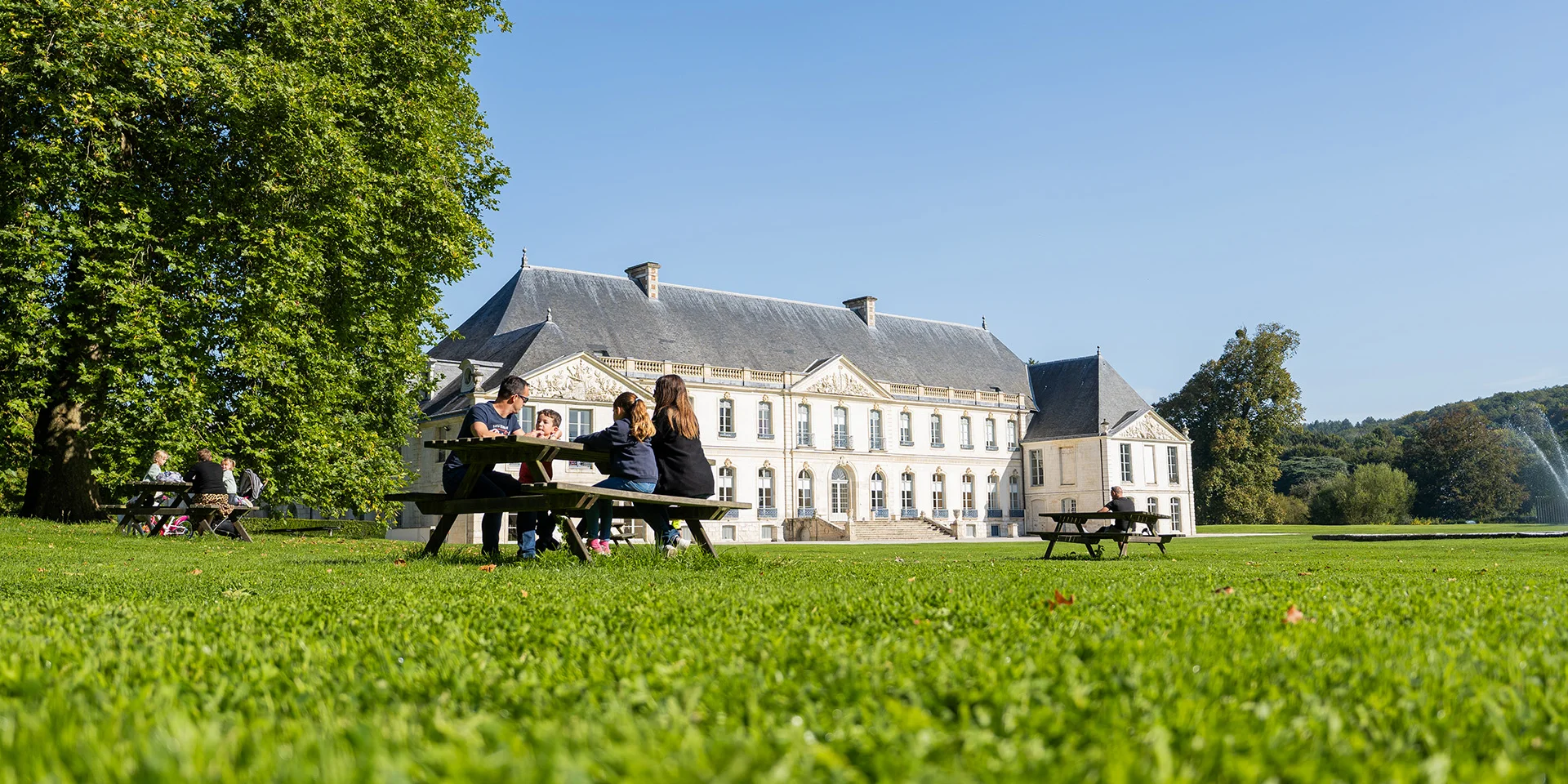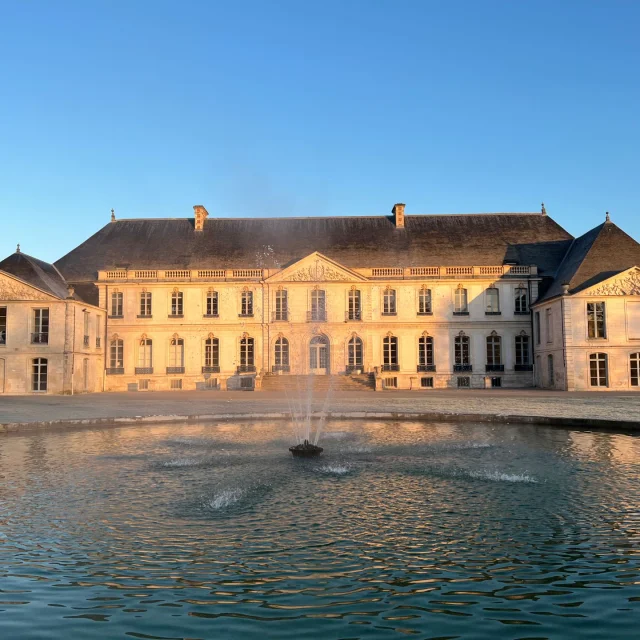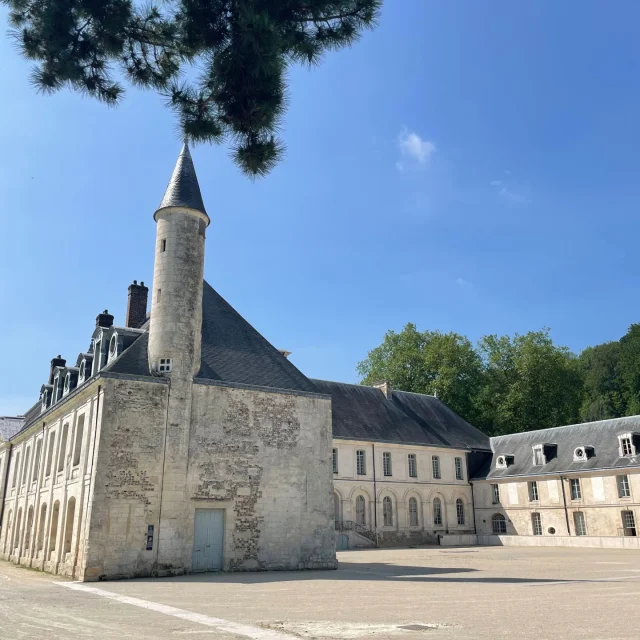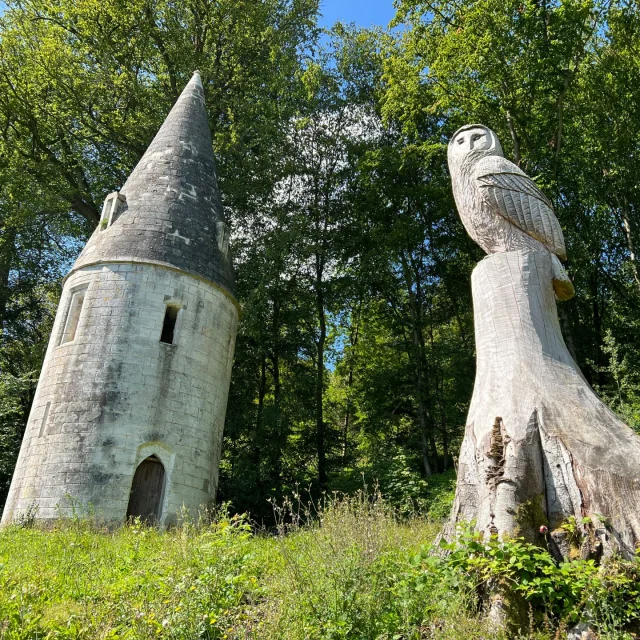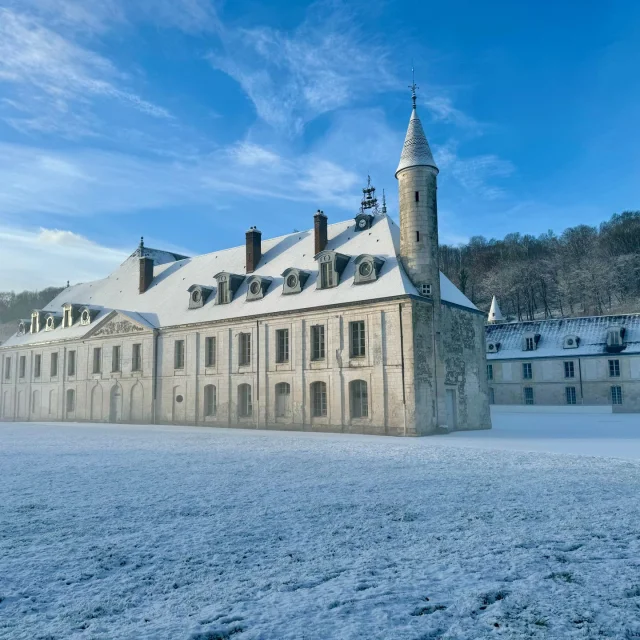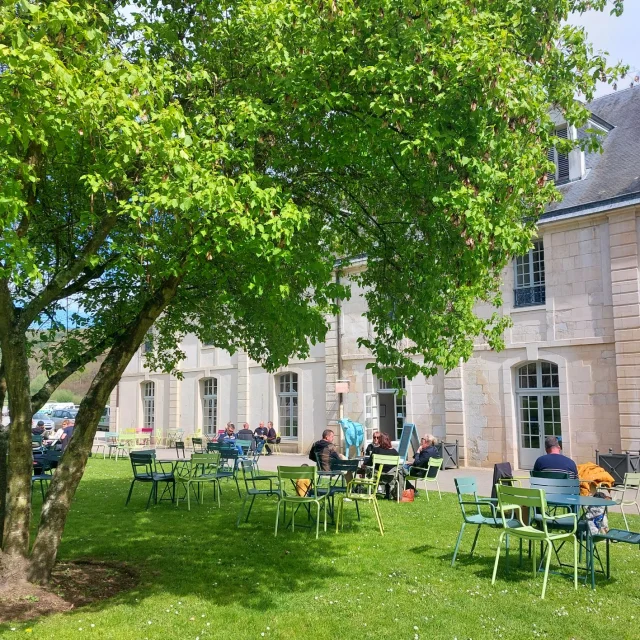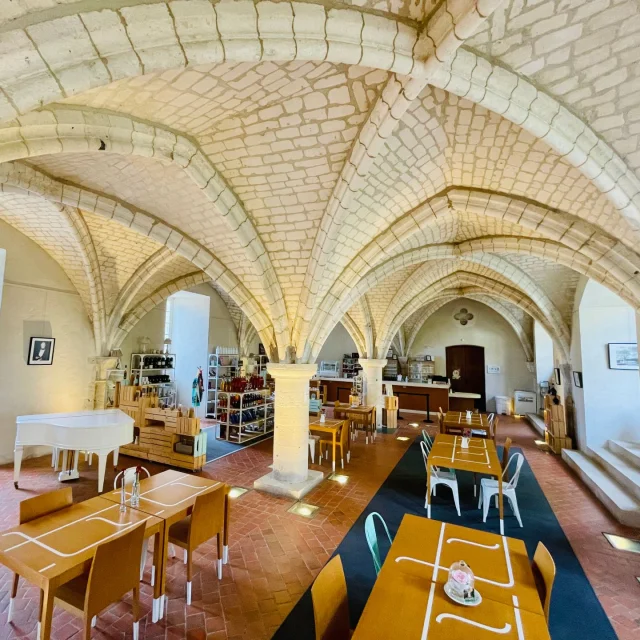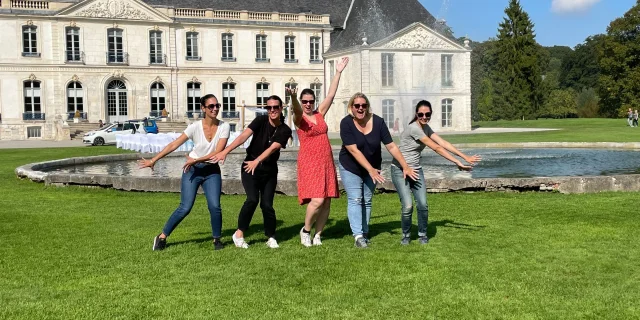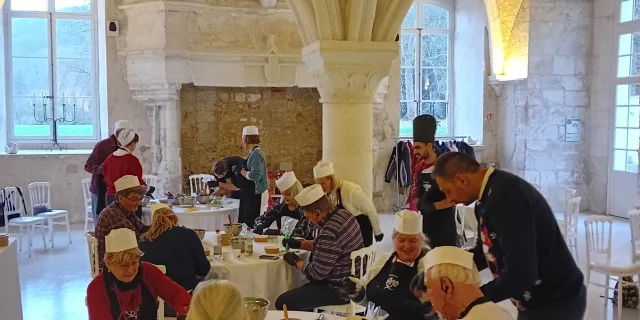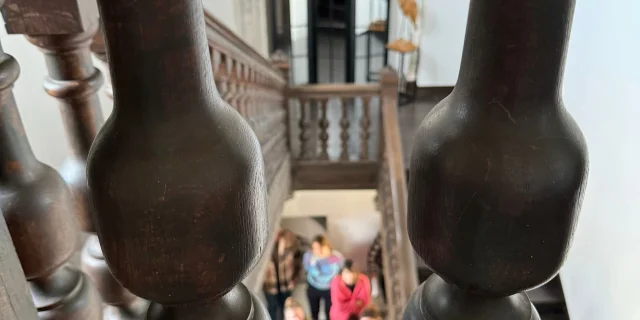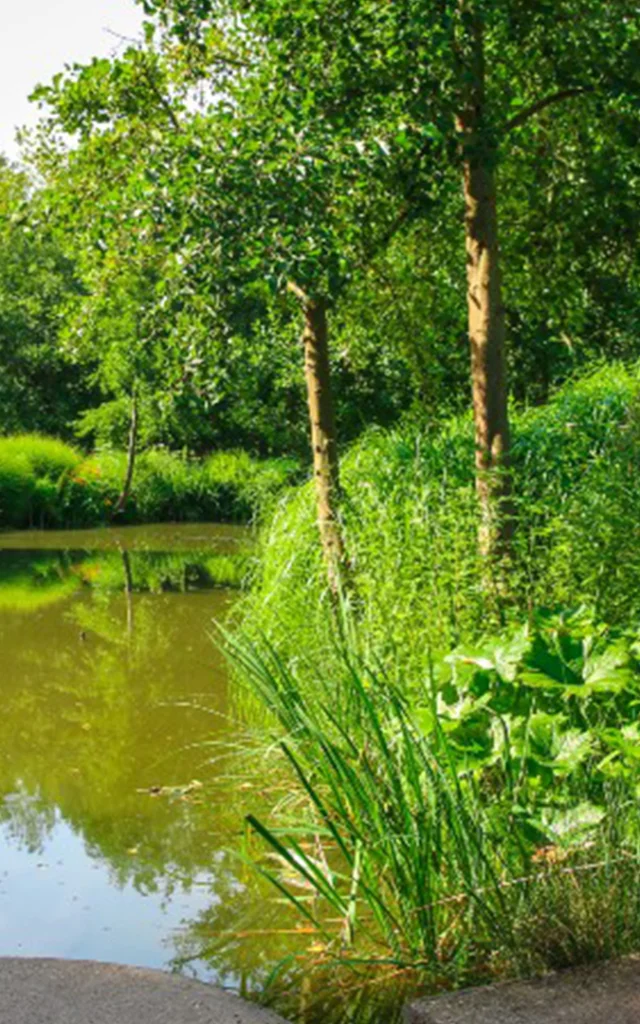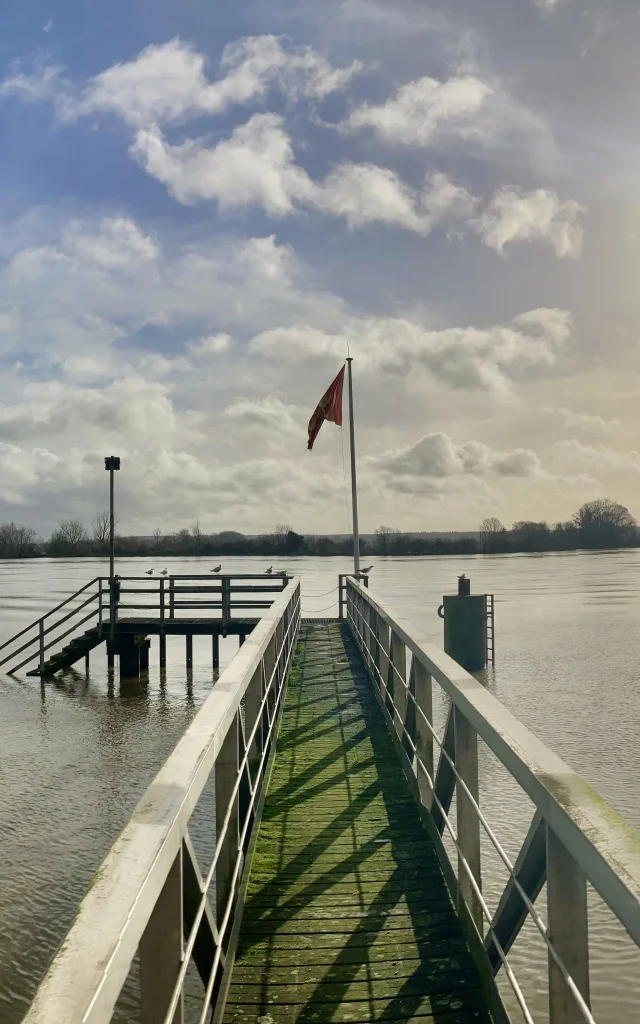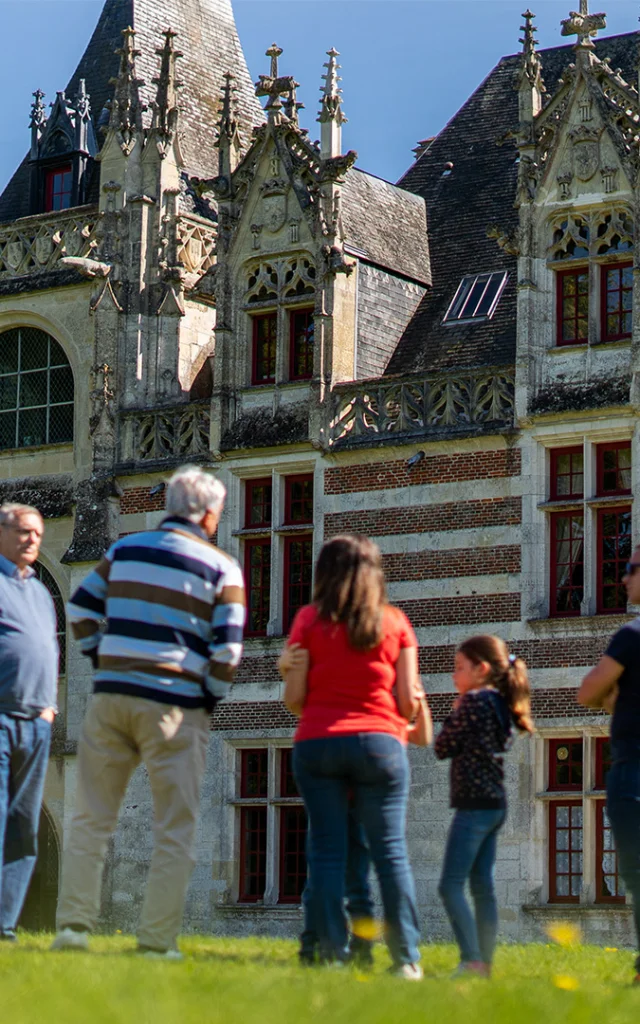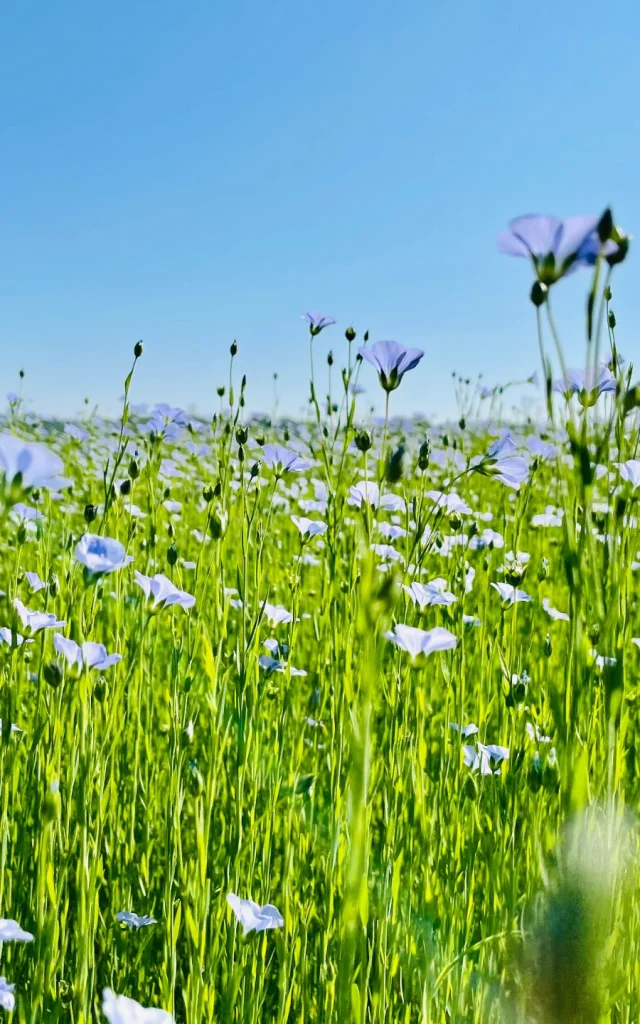The Abbaye du Valasse bears another name, notre dame du vœu. We should rather speak of a double vow, since in the 12th century, Matilda the Empress, the granddaughter of William the Conqueror had vowed to found an abbey while being held captive in Oxford. At the same time, Galéran de Melan made an identical vow if he managed to survive a terrible storm on his return from the Crusades. With both of them safe, they decided to found an abbey
The Archbishop of Rouen advised Galeran de Meulan and Mathilde to combine their vows, and so on 18 February 1156, Pope Adrian IV confirmed the foundation of Le Valasse Abbey under the name of Notre Dame du Vœu.
A community of Cistercian monks then moved in. The Cistercian monks obeyed the rule of Saint Benedict, focusing on prayer, manual work and the development of the land.
Over the centuries, the Valasse Abbey was to suffer all the afflictions of history.
The Hundred Years’ War, during which the abbey church was destroyed. It was then rebuilt during the 15th and 16th centuries in a Gothic style, quite far removed from the sobriety of the Cistercian style. However, the Abbey suffered further damage in 1516.
At the Revolution, the Abbey was sold as national property. Its abbey church was destroyed and the rest of the abbey became the residence of a wealthy Le Havre merchant: Jacques-François Begouen, in 1792.
It is to him that we owe its classical château appearance that we know today. It was also at this time that the estate’s surroundings were laid out by the architect Pierre-Adrien Paris.
These transformations were continued by the Fauquet-Lemaitre family, who became owners of the premises in 1833. They left the abbey after the Second World War.
The abbaye du Valasse then became a dairy where a cheese called Le Lillebonne was produced. Cheese production was to cause major damage to the building, which required extensive restoration during the first decade of the 21st century.
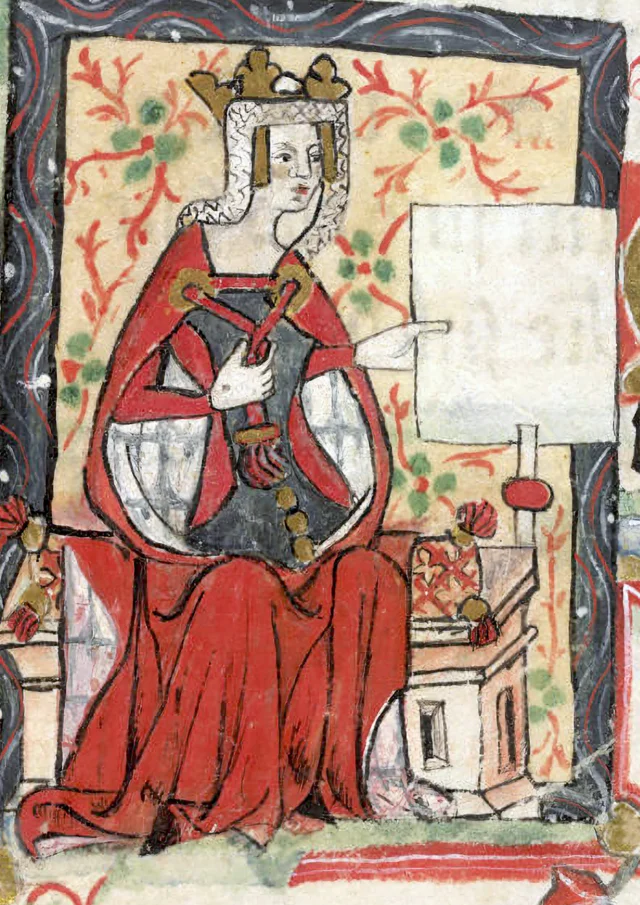 mathilde L'Emperesse Moines De Saint Albans 15th century work
mathilde L'Emperesse Moines De Saint Albans 15th century work
